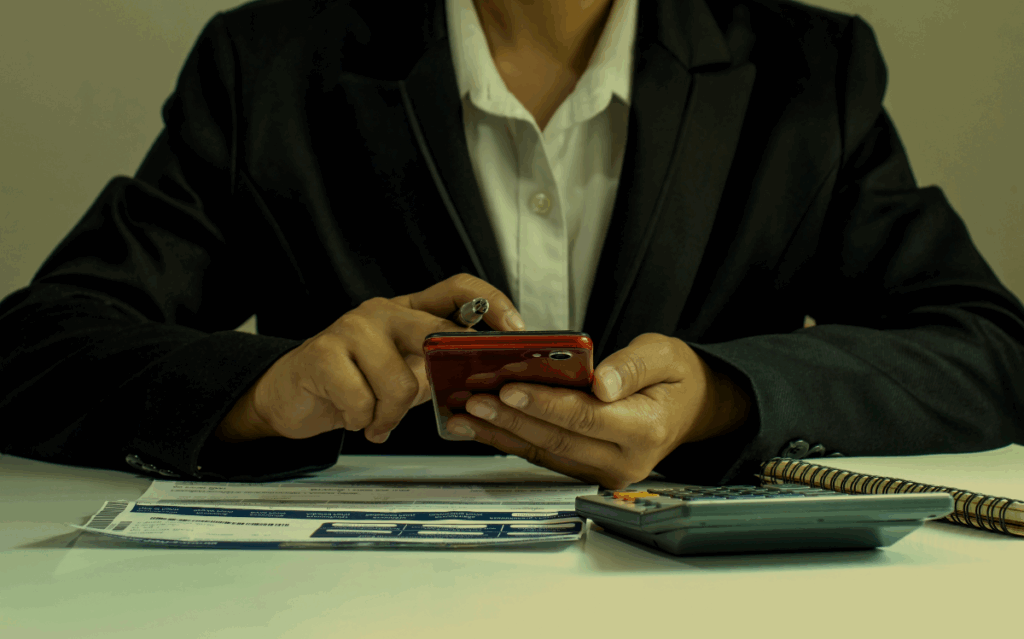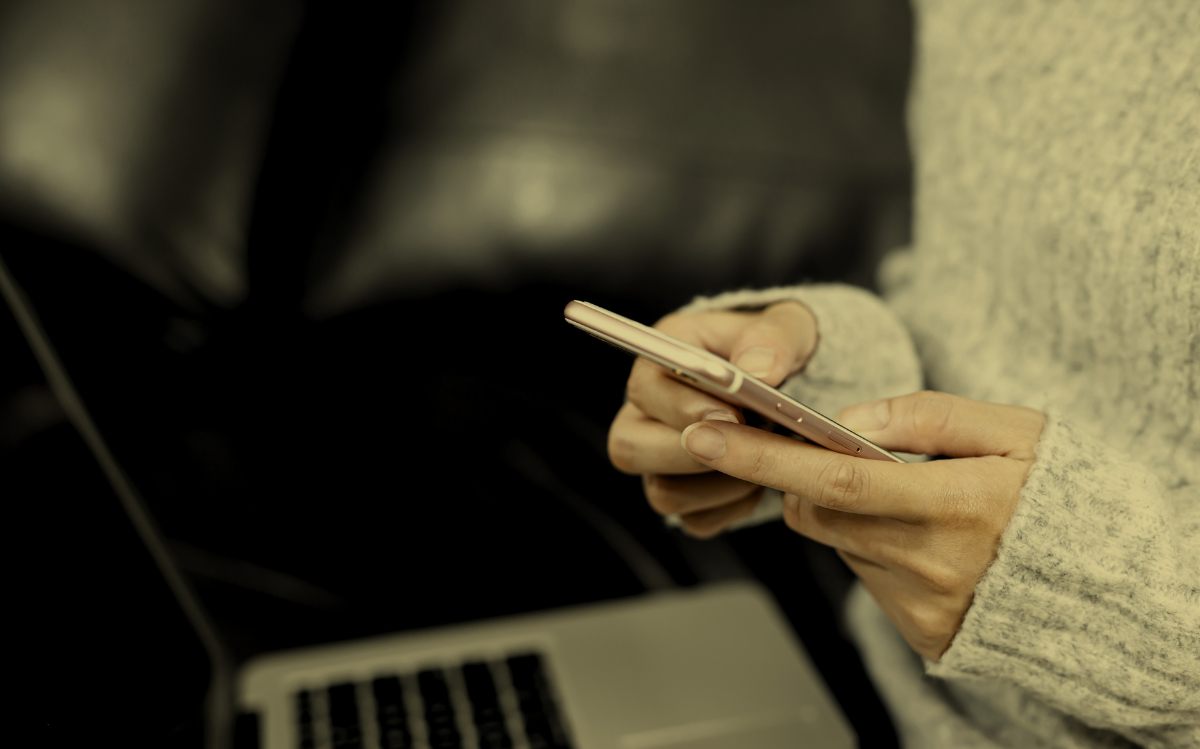If you live in California and need help paying for phone or internet service, the Lifeline Program might cover most of the cost. You qualify either through income or by being enrolled in a public assistance program like CalFresh [1], Medi-Cal, or SSI. The program offers one monthly discount per household on phone or internet bills.
Key Takeaway
- Two Ways to Qualify: Based on income or participation in a government assistance program.
- One Discount Per Household: You can’t get multiple discounts or use multiple providers.
- Documents Matter: Approval depends on submitting clear, current proof of income or benefits.
California Lifeline Program Overview
What the Program Offers
The California Lifeline Program is a lifeline for those who struggle to pay for their phone and internet services. It offers a discounted monthly rate for eligible households. Depending on the household’s eligibility, the discount can range from $17.90 to $39 per month, making it easier to stay connected.
You can choose between home phone, mobile phone, or broadband internet service, but you can only receive one discount per household (not both a home phone and a mobile phone service).
Some households might have access to more than one line through exceptions, like teletypewriters (TTY) or the Deaf and Disabled Telecommunications Program, but those cases are rare. The key takeaway: one discount per household, either for a phone line or internet.
Who Manages the Program
The California Public Utilities Commission (CPUC) [2] is responsible for overseeing the Lifeline Program in California. The program works in conjunction with federal programs like the Lifeline Program and National Verifier, which is used to verify eligibility across different states. CPUC’s oversight ensures that applicants receive appropriate benefits and that the program operates smoothly across the state.
Eligibility Criteria
Program-Based Eligibility
You can qualify for California’s Lifeline Program if you participate in certain public assistance programs. These programs help low-income individuals and families, and their participation automatically qualifies them for the Lifeline discount.
Eligible programs include:
- Medi-Cal (Medicaid)
- CalFresh (SNAP, Food Stamps)
- SSI (Supplemental Security Income)
- Women, Infants, and Children (WIC)
- National School Lunch Program (NSLP)
- TANF (Temporary Assistance for Needy Families)
- CalWORKs, LIHEAP (Low Income Energy Assistance)
- Tribal programs like Tribal TANF or Bureau of Indian Affairs General Assistance
- Federal Housing Assistance
This list isn’t exhaustive. If you participate in a program designed to assist low-income people, chances are you might qualify.
Income-Based Eligibility
Household income is another route to qualification. If your income falls below certain limits, you might be eligible for Lifeline benefits. The income thresholds change every year. For the period between June 2025 and May 2026, the limits are as follows:
- 1 person: $24,200
- 2 people: $32,600
- 3 people: $41,100
- 4 people: $49,600
- Each additional person: +$8,500
So, for example, a family of four that earns $49,600 or less would qualify. These limits include all household income, whether it comes from taxable or non-taxable sources.
Eligibility for Survivors of Abuse or Hardship
Survivors of domestic violence or human trafficking may also qualify for Lifeline benefits. If you’ve faced hardship due to abuse, you might be eligible if you meet certain criteria. You’ll need to provide documentation showing you are a survivor, including any related legal separation documents or proof of participation in a qualifying public assistance program.
If your household income falls below 200% of the Federal Poverty Guidelines, you’re likely to meet the eligibility requirements.
How to Apply
Application Methods
Applying for the Lifeline Program isn’t as complicated as it may seem. You can apply through several methods: online, by mail, or directly through a service provider. To check your eligibility, you can use the National Verifier, a tool that will guide you through the steps.
Alternatively, CPUC provides its own eligibility tools for verification. It’s up to you how you choose to apply, but most people find applying online to be the fastest option.
Required Documents
To apply, you’ll need to provide a few documents to prove you meet the eligibility requirements:
- Proof of participation in a qualifying program (benefit letters, IDs, approval letters, etc.)
- Proof of income (pay stubs, tax returns, Social Security statements)
- Proof of identity (state-issued ID, passport)
- Proof of residence (utility bill, rental agreement, etc.)
Make sure to use copies of these documents, not the originals. Be careful, though, mismatched or missing documents will slow down the process.
Common Application Issues
Applications are sometimes delayed or rejected due to missing information. The most common problems people run into include:
- Submitting incomplete documents
- Incorrect or mismatched income figures
- Applying multiple times from the same household
To avoid delays, double-check your application before submitting it.
Maintaining Lifeline Benefits

Annual Renewal Process
Once you’re approved, you’ll need to renew your Lifeline benefits every year. CPUC sends out renewal forms (you’ll recognize them by the pink envelope). Make sure you renew your benefits before the deadline and provide updated income or program participation documentation.
If You No Longer Qualify
Life changes, and so can your eligibility for Lifeline benefits. If your income increases or you lose access to a qualifying program, your discount might end. In that case, you’ll either need to switch to another service plan (like a prepaid or pay-as-you-go plan) or reapply if your income drops again.
Approved Lifeline Services
Types of Services Covered
The Lifeline Program covers several types of services, giving recipients some flexibility:
- Cell phone service (both prepaid and contract)
- Home phone service
- Broadband internet and voice-bundled services
While there are multiple options available, it’s crucial to remember that only one discount is allowed per household.
Choosing a Provider
When selecting a provider, there are a few things to consider:
- Compare coverage and service plans, some providers might be cheaper but offer poor service in your area.
- Check for hidden fees, such as activation charges, service conversion costs, and installation fees.
- Understand your rights in case service is canceled or unavailable.
Make sure you choose a plan that fits your needs and budget, especially considering the financial constraints that led you to apply for Lifeline.
Documents You May Need
Acceptable Income Documentation
The required income documentation is critical for determining eligibility. You’ll need to submit one of the following:
- Most recent tax return
- Three consecutive pay stubs
- Social Security, unemployment, or pension statements
Proof of Program Participation
If you qualify based on participation in a program like Medi-Cal or CalFresh, provide the corresponding program documentation:
- Benefit letters, approval letters, or official ID cards
Be sure that the documents are up-to-date and clearly show your participation in the program.
Supporting Documents
To prove your identity and residency, you’ll likely need:
- State-issued photo ID
- Utility bills or rental agreements that show your current address
If you live on a tribal reservation, be prepared to provide Bureau of Indian Affairs letters or other official documentation.
Coverage Changes and Troubleshooting
Switching Providers
If you want to change providers, you can request an inter-carrier transfer. Be sure to follow the provider’s process for returning devices and canceling your old service. If there’s any gap in service, you might lose eligibility for Lifeline, so make sure the switch happens smoothly.
Application Rejected or Delayed?
If your application gets rejected or delayed, contact the CPUC Consumer Affairs Branch. It’s essential to double-check all the documents you’ve submitted to make sure everything matches. You can also track your application status through the National Verifier.
Reporting Life Changes
If your income changes, your address changes, or your household composition changes, you need to report it. Failing to do so can impact your eligibility for continued benefits.
Related Programs and Dual Enrollment
Affordable Connectivity Program (ACP)
The Affordable Connectivity Program (ACP) can be used alongside Lifeline, offering additional broadband benefits. ACP is specifically for internet services and can help extend benefits for those needing more internet access. To receive both, you’ll need to apply separately for ACP, but you can combine the two programs to get maximum benefits.
Programs Often Overlooked
Several programs often overlooked in the application process might provide additional benefits, including:
- The National School Lunch Program (NSLP)
- Federal Pell Grants
- Social Security recipients
It’s always worth checking if you qualify for any other programs that might help reduce your monthly bills.
FAQ
How does the California Lifeline Program handle multiple applicants from the same household?
If multiple people in your household are eligible for Lifeline, only one discount can be applied for the household, either for a home phone or a cell phone, but not both. This rule helps to ensure that Lifeline resources are distributed fairly. If your household has more than one eligible member, only the primary applicant will receive the discount, so it’s crucial to verify who will apply.
Can survivors of domestic violence apply for the California Lifeline Program?
Yes, survivors of domestic violence can qualify for temporary Lifeline benefits under the Safe Connections Act. To qualify, they must meet certain income requirements or participate in programs like WIC or the Free and Reduced-Price School Lunch Program. This provision helps those who have faced hardship regain essential communication services, ensuring their safety and access to support.
What happens if I don’t renew my Lifeline benefits on time?
If you fail to renew your Lifeline benefits by the deadline, you risk losing your discount. Renewal notices are sent annually in a PINK envelope, and you can renew online or by mail. It’s important to submit updated documents to continue receiving your benefits. If you miss the renewal date, you might need to reapply to restore your service.
Can I switch my service provider while on Lifeline?
Yes, you can switch service providers while enrolled in the California Lifeline Program. However, there are some steps to follow. You need to request an inter-carrier transfer, and any devices you’ve received from your current provider must be returned. Be mindful that switching providers can sometimes lead to gaps in service, which could affect your eligibility.
What income documents do I need to submit with my Lifeline application?
To apply for Lifeline based on income, you’ll need to submit several documents to prove your eligibility. This includes your most recent tax return, three consecutive pay stubs, or Social Security statements. It’s important to provide clear, up-to-date documents to avoid delays in processing. Keep in mind that each document should be a copy, not an original.
Conclusion
When it comes to accessing affordable communication, the California Lifeline Program is a valuable resource for many households in need. Whether you’re applying based on your income or participation in a qualifying program, the process is straightforward but requires attention to detail.
Don’t miss out on the chance to reduce your phone and internet costs, it’s worth the effort. To apply today, visit this link and start the process.
References
- https://www.cdss.ca.gov/calfresh
- https://www.cpuc.ca.gov/


